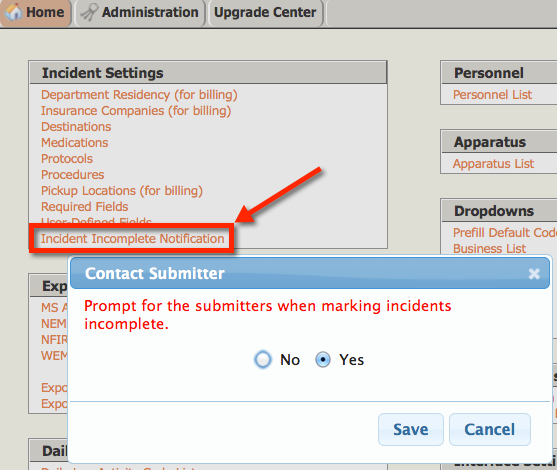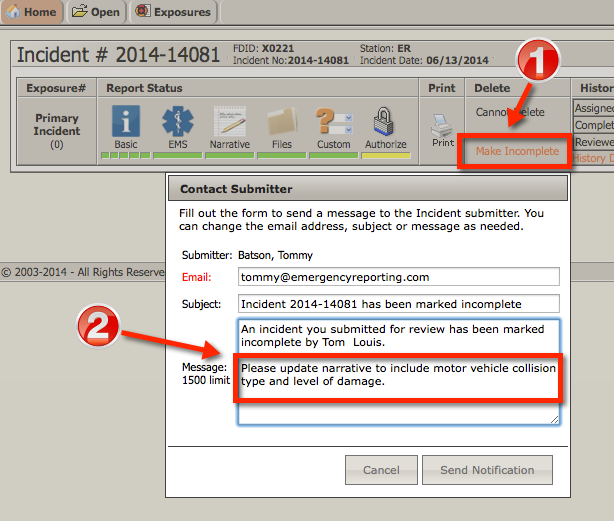Five Essential Tips for Success: The Administration Module
For fire chiefs and system administrators managing their Emergency Reporting account, the Administration Module is their mission control. Quality time spent in mission control will ensure all the other modules work efficiently and effectively.
With that in mind, here’s a brief list of five items every chief must know when setting up the Administration Module (in no particular order).
#1 – User-Defined Fields
This feature provides a tool for agencies to compile data that is not otherwise collected within our NFIRS- and NEMSIS-compliant incident reporting module. For example, my fire department needed data on all our fall-related incidents so we could conduct follow up visits with our customers for our fall prevention program. Another example was gathering data on incidents when our firefighters rode up with the private ambulance crew on, say, a code arrest or severe respiratory distress patient. We had a public/private agreement whereby the ambulance company would financially reimburse our agency each time we sent extra manpower on the ambulance. User-Defined Fields gave us a fast and easy solution to capture this information.
Need-to-Know: You’ll often hear User-Defined Fields referred to as Custom Fields since that’s the name of the page that appears in the Incident Module.
To set up your own user-defined/custom fields, click on this link to our Knowledge Base article.
#2 – Incomplete Incident Notifications
This is a relatively new feature to our system. If “Yes†is selected in this setting, whenever a supervisor clicks “Make Incomplete†within an incident report, the supervisor will have the ability to send an external email notifying the report writer his/her incident report has been made incomplete and requires some additional work to meet agency standards.
Need-to-Know: The supervisor can enter addition remarks (up to 1500 characters) in the outgoing message.
#3 – Default Activity Codes
Setting a Default Activity Code for Incident Responses and Training will ensure consistency in Daily Log entries for both these categories. This is particularly handy when generating reports from the Daily Log. Chiefs can easily pull reports on these activities with the reassurance that the data is good since the Activity Code will always be the same. An example of a great report that uses Activity Codes is Report #1168 – Hours Spent for Activity Code for Personnel for Date Range.
Need-to-Know: Completed incidents and training events already auto-populate in the Daily Log by default even if an Activity Code isn’t assigned. By using this feature you will ensure a specific Activity Code will also auto-fill with the corresponding log entry.
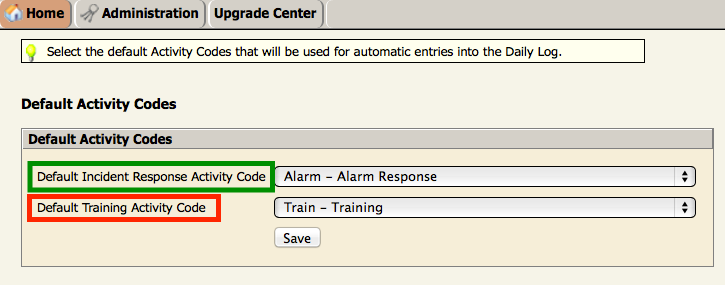
#4 – Apparatus ID vs. Vehicle Number
This one can be tricky. The easiest way to remember the difference is that Apparatus ID is the vehicle’s call sign and can be changed anytime. The Vehicle Number is the vehicle’s permanent tracking number and stays with the vehicle for its entire service life regardless of its call sign (Apparatus ID). The Vehicle Number is often a shop number, all or a portion of its manufacturer’s VIN, or some other unique identifier. The key take away here is to never change the Vehicle Number so the maintenance record stays with the vehicle from its first day in service until it goes permanently out of service.
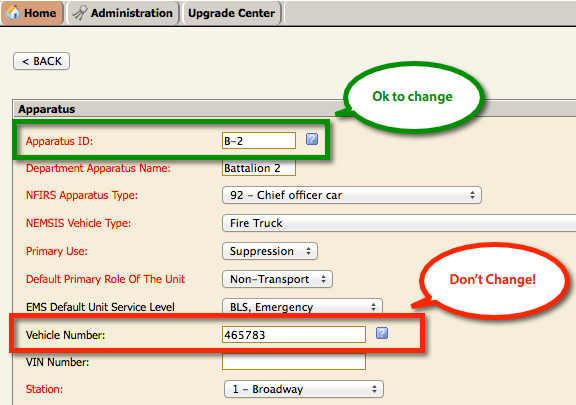
#5 – Personnel EMS ID Number
Since Emergency Reporting is fully NEMSIS compliant, many states accept our EMS incident data exports. NEMSIS can be very picky. One of the items they require is the crewmember’s state EMS ID number (NEMSIS element D07_02). This number is usually the individual’s EMS certification number. So, if you report EMS data to your state, be sure you enter each person’s State EMS ID as you “build†your personnel roster. This will prevent you from having to go back and re-enter everyone’s State EMS ID when you discover the NEMSIS export won’t work until this number is entered for everyone in your agency.
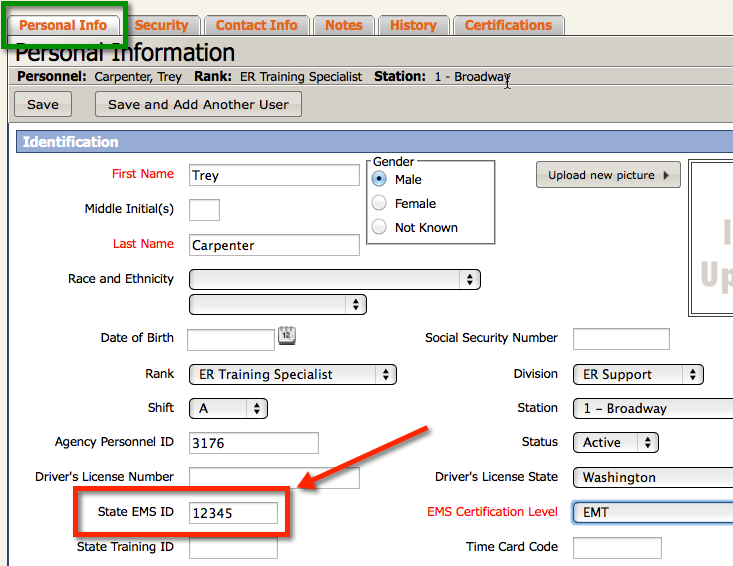
Thanks for taking time out of your busy schedule to read our blog. If you have other tips about setting up the Administration Module, I’d love to hear from you. Drop me an email at [email protected]
Stay safe.




